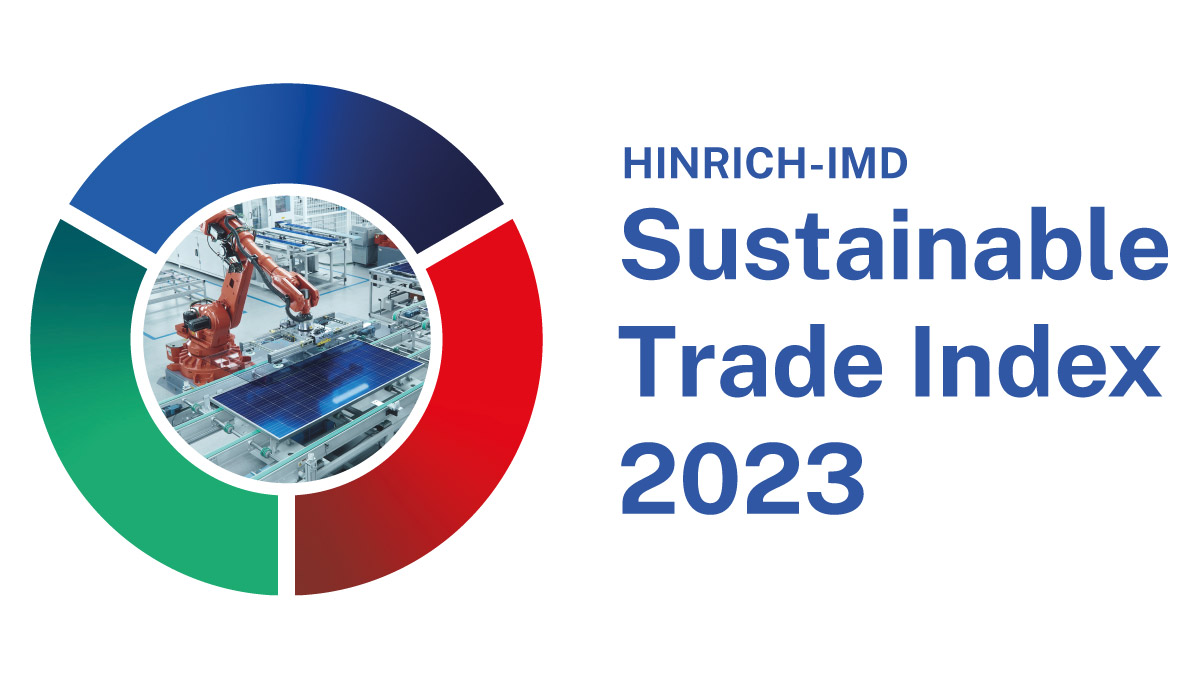With the US Congress having returned from its summer recess, few issues are looming larger on the legislative agenda than the US-Mexico-Canada Agreement (USMCA), the revised version of the North America Free Trade Agreement (NAFTA).
Negotiations with Mexico and Canada were concluded in October 2018, but the accord has not yet been approved by the US Congress. Despite some recent positive signals, the agreement still faces uncertain ratification prospects.
Conversely, countries that consciously build sustainability into their trade policies by strengthening social capital and protecting the environment position themselves to reap the economic benefits of trade over the longer term.
Raising the bar on sustainability
Since the negotiation of the original NAFTA back in the 1990s, consumers, workers, advocacy groups, and civil society as a whole have become more engaged on trade and sustainability, in no small part thanks to the ubiquity of social media and the ability to exert pressure both on government representatives and consumer-facing corporations.
For these reasons, the “new” NAFTA faces a substantially higher bar on sustainability issues than its predecessor did. Interestingly, the revised labor and environment provisions in USMCA represent an upgrade over those provisions in the originally approved NAFTA. Yet today, many in the US Congress find them to be inadequate, and are withholding support for the agreement, unless modifications can be secured.
Concerns have been expressed, for example, about the enforceability of labor provisions, especially those calling for independent unions in Mexico which can bargain effectively for higher wages. Many of these concerns are justified. But that is less a reflection of any shortcomings in the agreement itself, and more a reflection of the near impossibility of any trade agreement being able to detect and prevent all of the subtle and nefarious ways that a corrupt employer can tilt a union election in the Mexican countryside. This is an unfortunate reality, but it is — nonetheless — reality.
The President has indicated that he might terminate the original NAFTA if Congress is unwilling to approve the new deal. This means that complaints about the revised labor and environmental provisions not being ambitious enough could have the opposite effect of leaving in place the existing lower quality provisions, or – in the worst case – leaving us without any trade agreement between the US, Mexico, and Canada.
Rethinking the rationale
Had these countries been denied access to trade and FDI, their stellar records on improving sustainability would undoubtedly be much different. Yet this is the proposition inherent in our current approach to sustainability and trade agreements. Developing countries are faced with exclusion from trade agreements (or revocation of trade benefits) unless they agree to overly-idealized provisions which are frequently impossible to enforce, or – if we are being honest – even monitor. Such provisions might be useful for “virtue signaling”, but their actual on-the-ground impact is frequently substantially less.
Realism about trade agreements
The need for greater sustainability in trade is urgent and should be a priority for business and government alike. But we need to be realistic about the extent to which trade agreements can actually mandate, monitor and deliver sustainability. Provisions which over-reach on enforcement capabilities or over-promise on the speed with which less developed countries can ramp-up standards to developed world levels might create the illusion of progress, but they only set the stage for disenchantment and anti-trade backlash.
The USMCA debate in Congress provides an opportunity for an adult conversation not only on the importance of sustainable trade, but also on what can – and cannot – be achieved in trade agreements. Over the long term, capacity building, technical assistance, and greater access to trade and FDI will best position countries to improve sustainability.
The labor and environmental provisions in the USMCA are without a doubt far from perfect. But if the objective is to strengthen trade sustainability, withholding approval of the agreement based on those imperfections will only move us further away from that goal.
© The Hinrich Foundation. See our website Terms and conditions for our copyright and reprint policy. All statements of fact and the views, conclusions and recommendations expressed in this publication are the sole responsibility of the author(s).






